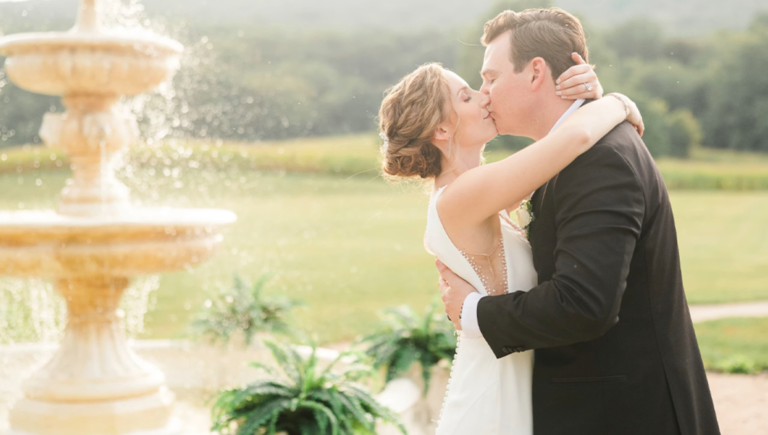Wedding photography demands lenses that balance versatility and artistic flair. Picking the right ones not only simplifies your workflow but also ensures you’re prepared for every moment of the day.
Coming to you from Katelyn James, this insightful video takes you through her RF lens lineup for Canon mirrorless cameras. James starts with the RF 28-70mm f/2.0L, which she uses 90% of the time. This lens combines the sharpness and bokeh of prime lenses with the flexibility of a zoom, covering a range that previously required three separate primes. She points out its slight trade-offs, like its weight and how too many focal length options might hinder compositional creativity. Despite these, the 28-70mm is the foundation of her kit, demonstrating why versatility and optical quality matter so much for capturing weddings.
Another standout in her setup is the RF 85mm f/1.2L. James calls this lens “magic” for portraits, emphasizing its ability to create creamy backgrounds and tight compression. While it’s not essential for every wedding photographer, this lens shines in situations where space allows for dramatic compositions or when creating unforgettable bridal portraits. Her advice: if you want to replicate the dreamy aesthetic that tight layers and crisp details bring, you’ll need a lens like this in your arsenal.
The RF 100mm f/2.8L macro lens gets a more tempered review. James uses it almost exclusively for intricate bridal details, like close-ups of rings and earrings. While it performs well for these tasks, she doesn’t find it significantly better than its EF counterpart. The trade-off, she notes, is carrying a lens that serves a limited purpose but does so with precision. For full-time wedding photographers, she recommends investing in a dedicated macro lens over adapters, which don’t offer the same reliability or ease of use.
Rounding out her collection is the RF 70-200mm f/2.8L. James reserves this lens for ceremonies and toasts, where its reach is indispensable. Compared to its EF predecessor, this version is more compact and lighter, which she appreciates. While it’s not a daily workhorse, its role in capturing distant moments makes it a must-have for large venues or multi-purpose coverage.
James wraps up by suggesting the best order for acquiring these lenses. She prioritizes the RF 28-70mm for its versatility, followed by the RF 100mm macro for essential detail shots. The RF 70-200mm comes next for ceremony flexibility, with the RF 85mm rounding out the lineup as a specialized tool for portraits. Her insights help you consider both practicality and creative preferences. Check out the video above for the full rundown from James.
